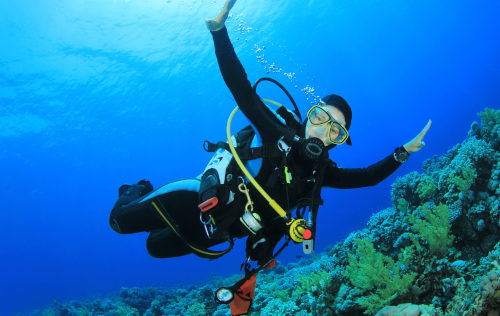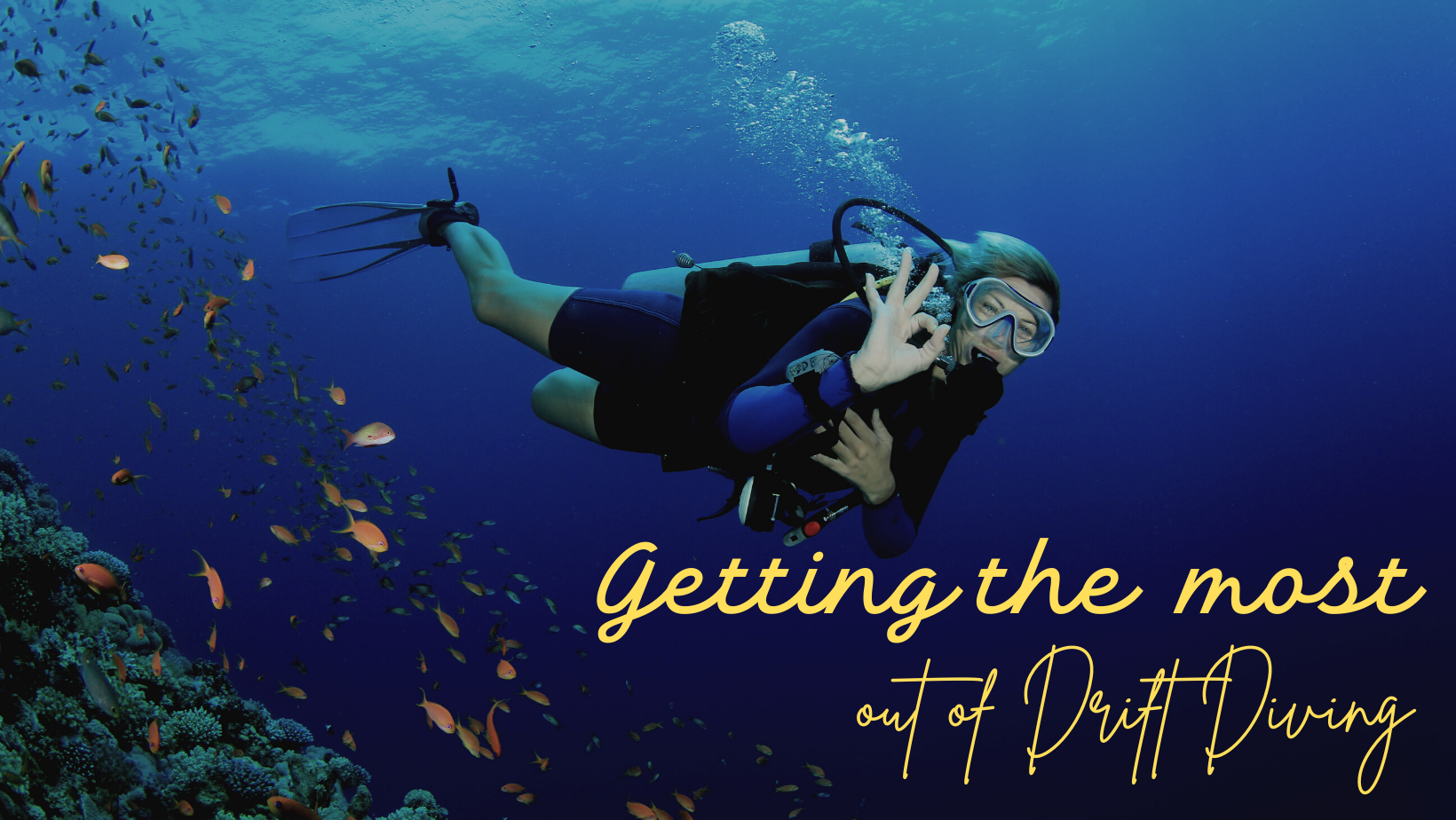Unleash Your Inner Adventurer: 5 Tips For Epic Drift Diving
Andy Woerner May 06, 2023
Drift diving is a thrilling and exhilarating way to explore the underwater world. It involves allowing the natural current to carry you along, as you observe the stunning marine life and landscapes around you. However, drift diving can also be challenging, requiring technical skills and proper preparation to ensure a safe and enjoyable experience.
Whether you're a seasoned diver or new to drift diving, these 5 tips will help you get the most out of your next adventure. From equipment and buoyancy control to safety and communication, these tips will help you navigate the current and explore the underwater world like never before. So, grab your gear, and let's dive into these expert tips for mastering the art of drift diving.

- Adjust your buoyancy for drift diving - Drift diving requires proper buoyancy control, so you can maintain a streamlined position and conserve your energy. As the current gets stronger, you may need to add more air to your BCD to maintain a neutral buoyancy and prevent yourself from sinking too deep. If the current is weak, you may need to release some air from your BCD to prevent yourself from floating up to the surface.
- Keep an eye on your depth and air supply It's important to keep an eye on your depth and air supply throughout the dive. The current can sometimes make it difficult to gauge your depth accurately, so be sure to monitor your dive computer regularly. Similarly, the current can affect your air consumption, so keep an eye on your gauge and plan your dive accordingly to ensure that you have enough air to complete the dive safely.
- Be prepared for unexpected situations - Drift diving can present unexpected situations, such as sudden changes in the current, which can catch even experienced divers off guard. To be prepared for sudden changes in current, it's important to maintain a streamlined position and monitor your surroundings closely. If you notice the current picking up or changing direction, adjust your buoyancy accordingly and communicate with your dive buddy to ensure you stay together. If you do become separated, use the instructions provided by your instructors in the dive briefing and always be prepared to abort the dive if the conditions become too challenging to handle safely. By remaining vigilant and prepared for sudden changes in current, you can ensure a safe and enjoyable drift diving experience.
- Practice good communication with your dive buddy - Drift diving can be challenging, and good communication with your dive buddy is essential for a safe and enjoyable experience. To communicate effectively, it's important to establish clear hand signals and review them before the dive. During the dive, make sure to stay close to your buddy and maintain eye contact whenever possible. If you get separated, use your agreed-upon signal to regroup.
- Respect the environment and marine life - As with any type of diving, it's important to respect the environment and marine life. It’s important to remember that the strong current can make drift diving more challenging, and this can increase the risk of damaging the environment or disturbing marine life. To respect the environment and marine life while drift diving, make sure to maintain good buoyancy control, so you don't accidentally touch or damage the reef. Keep a safe distance from marine life and observe them without interfering with their natural behavior. Be mindful of your fins and equipment, so you don't accidentally kick or damage the reef or disturb sediment.
For those looking for a challenging and adventurous drift diving experience, we invite you to join one of our advanced 2-Tank dive trips. These tours offer access to more remote and unique dive sites, and the opportunity to encounter larger marine animals such as sharks and rays. With our experienced guides, you can safely explore the depths of the ocean and discover the true beauty of drift diving. So, if you're ready for the ultimate drift diving adventure, contact us today to learn more about our advanced dive tours.


